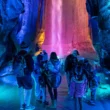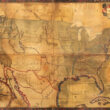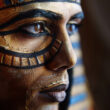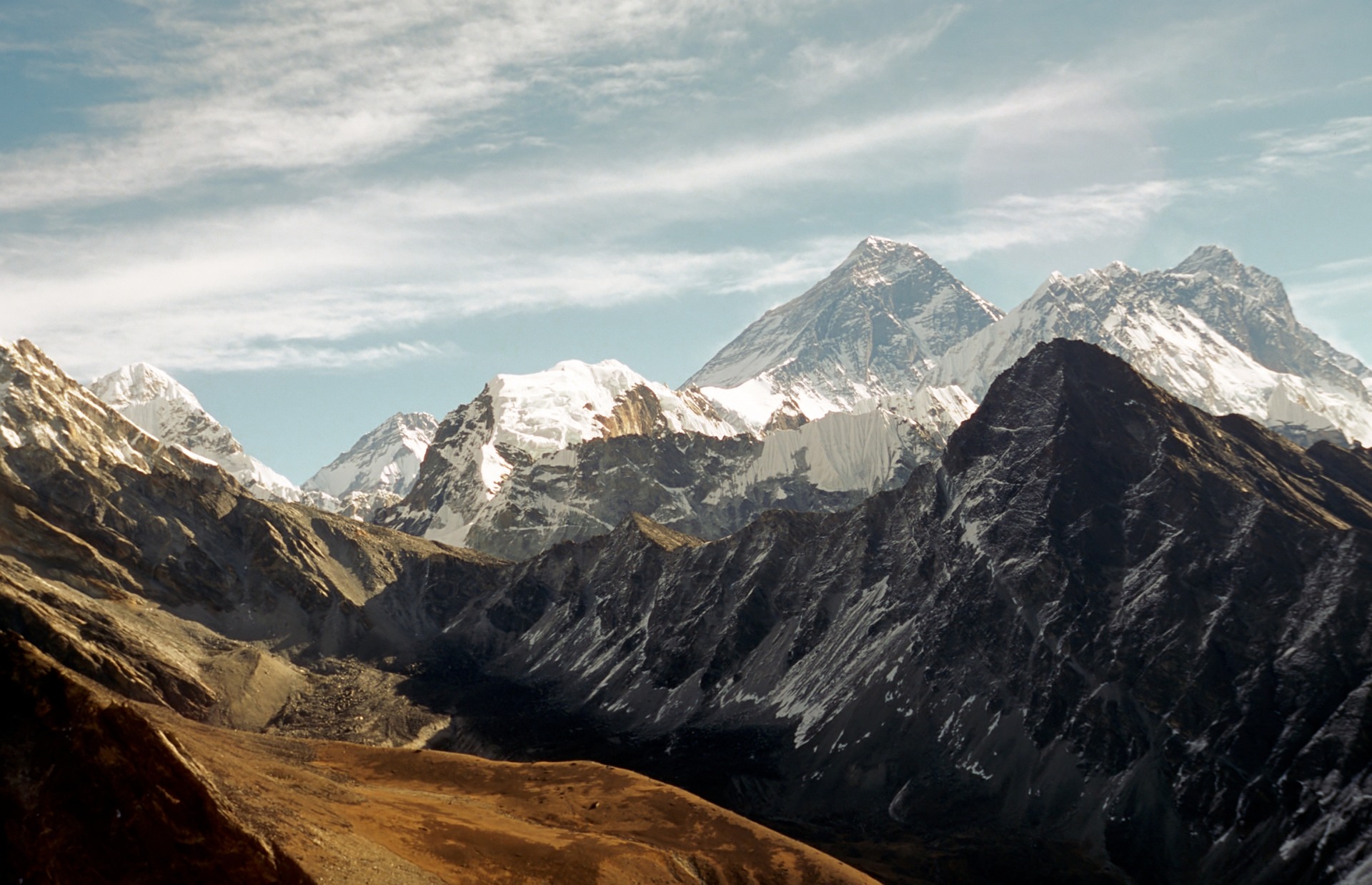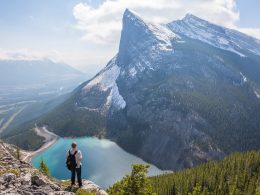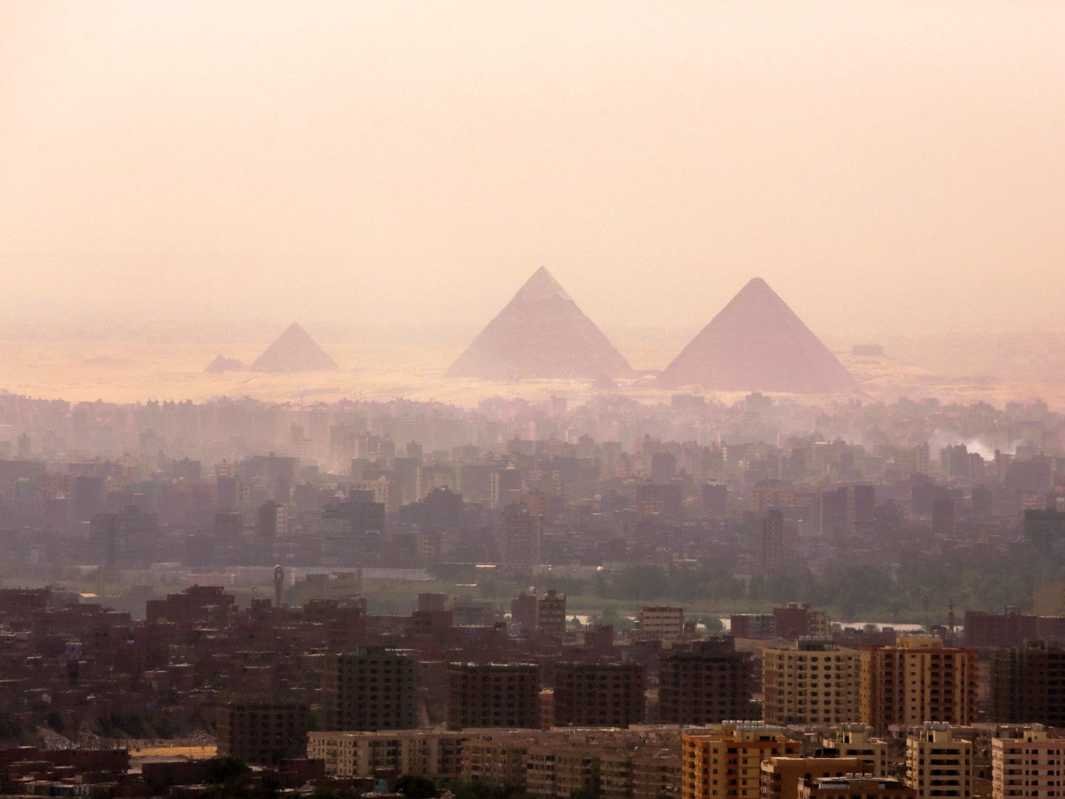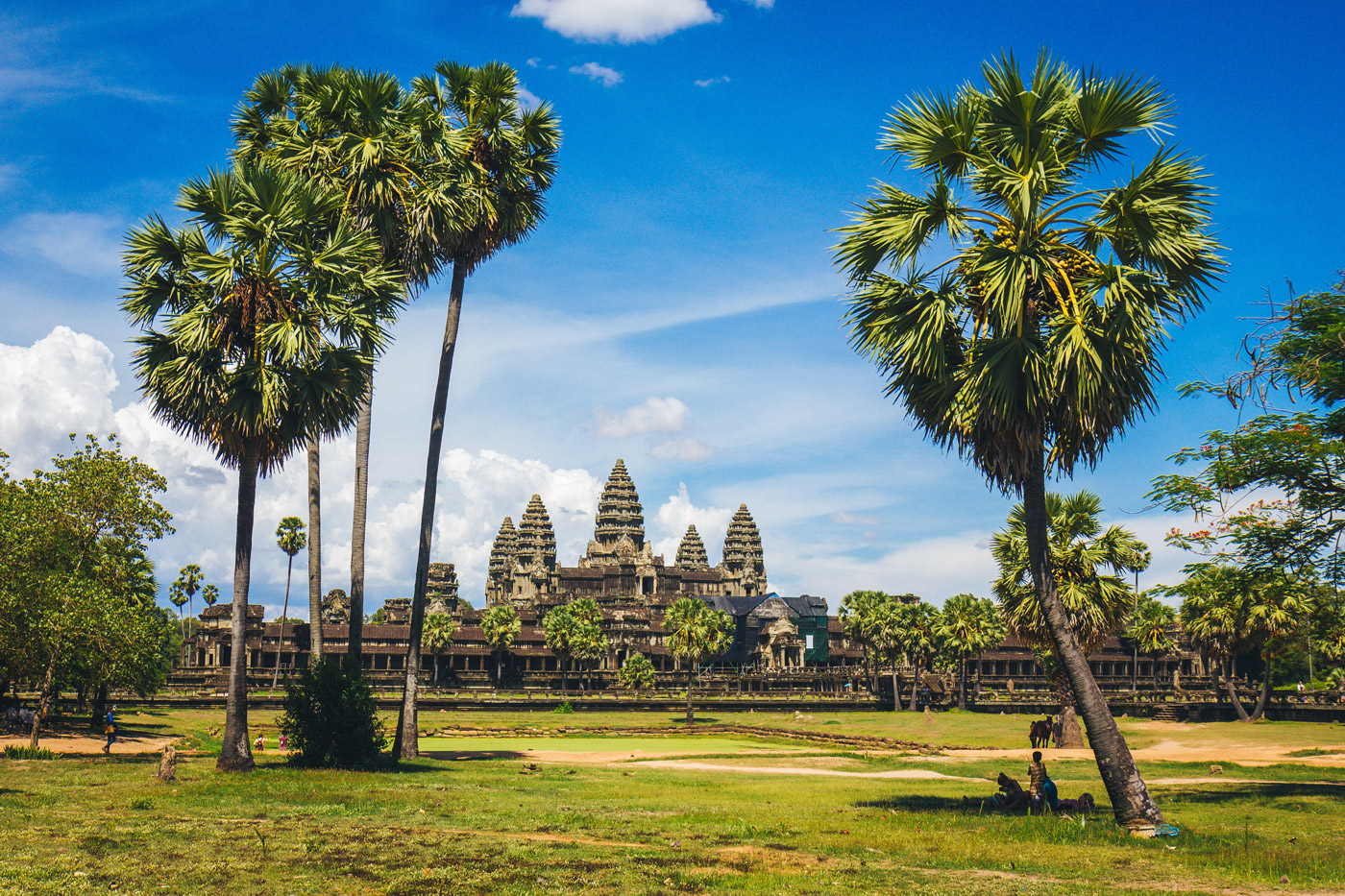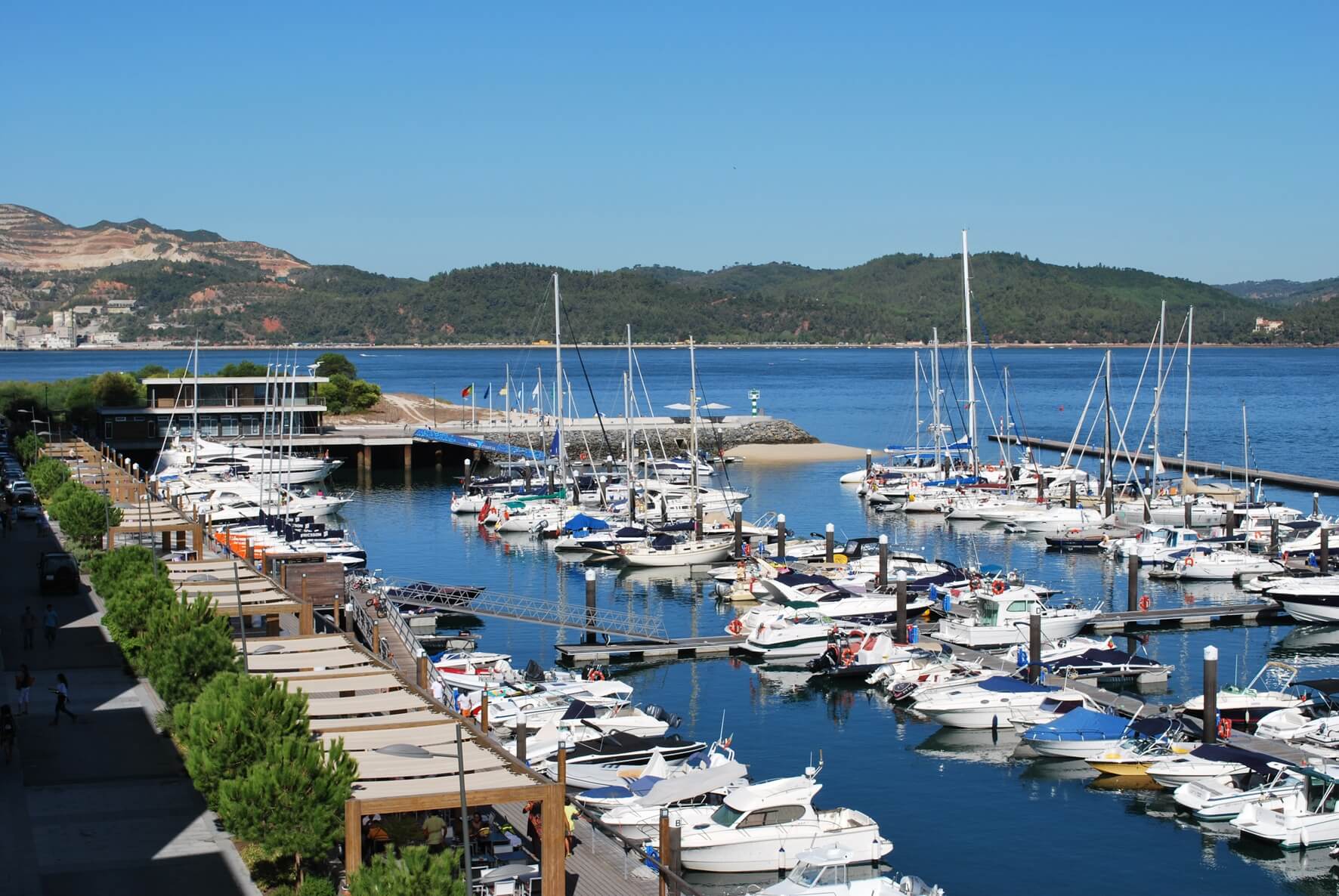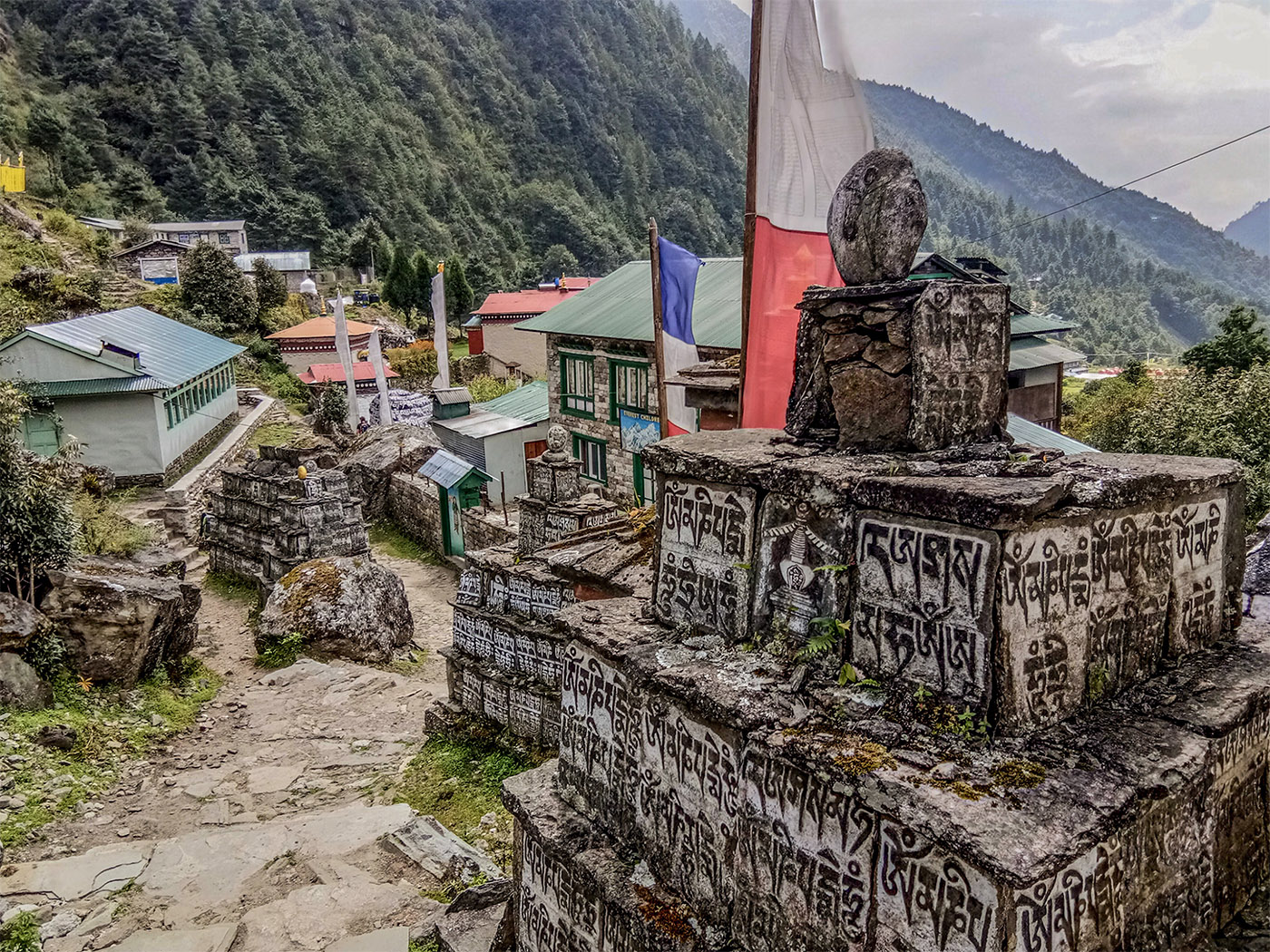
Looking for Everest Base camp trekking advice? Have all of the information? Think you don’t need more advice or insight? Think again. Whether trekking solo or with an organized group, these tips could provide the extra insight you need to make your trip go from good to great.
1. Take an abundance of cash
Travel-savvy minds may advise otherwise – but they are wrong. The Sagarmatha National Park and Everest Region of Nepal is one of the most remote in the world and as such has poor accessibility.
This makes for the prices being pretty expensive (sometimes over three times the price you will find back in Kathmandu!).
Another repercussion of this is that the villages will not have an ATM. You may find one in Lukla, or Namche Bazaar, but don’t count on it.
They are often out-of-service, and the ones which aren’t may not accept your card. Don’t be caught short – just take a bunch of cash.
2. Take your own Tea Bags/Coffee
Due to the poor accessibility of this region in Nepal – only possible by Helicopter or on foot – the costs of luxury items such as tea or coffee are pretty steep. Buy your own before heading out from Kathmandu to keep spending to a minimum.
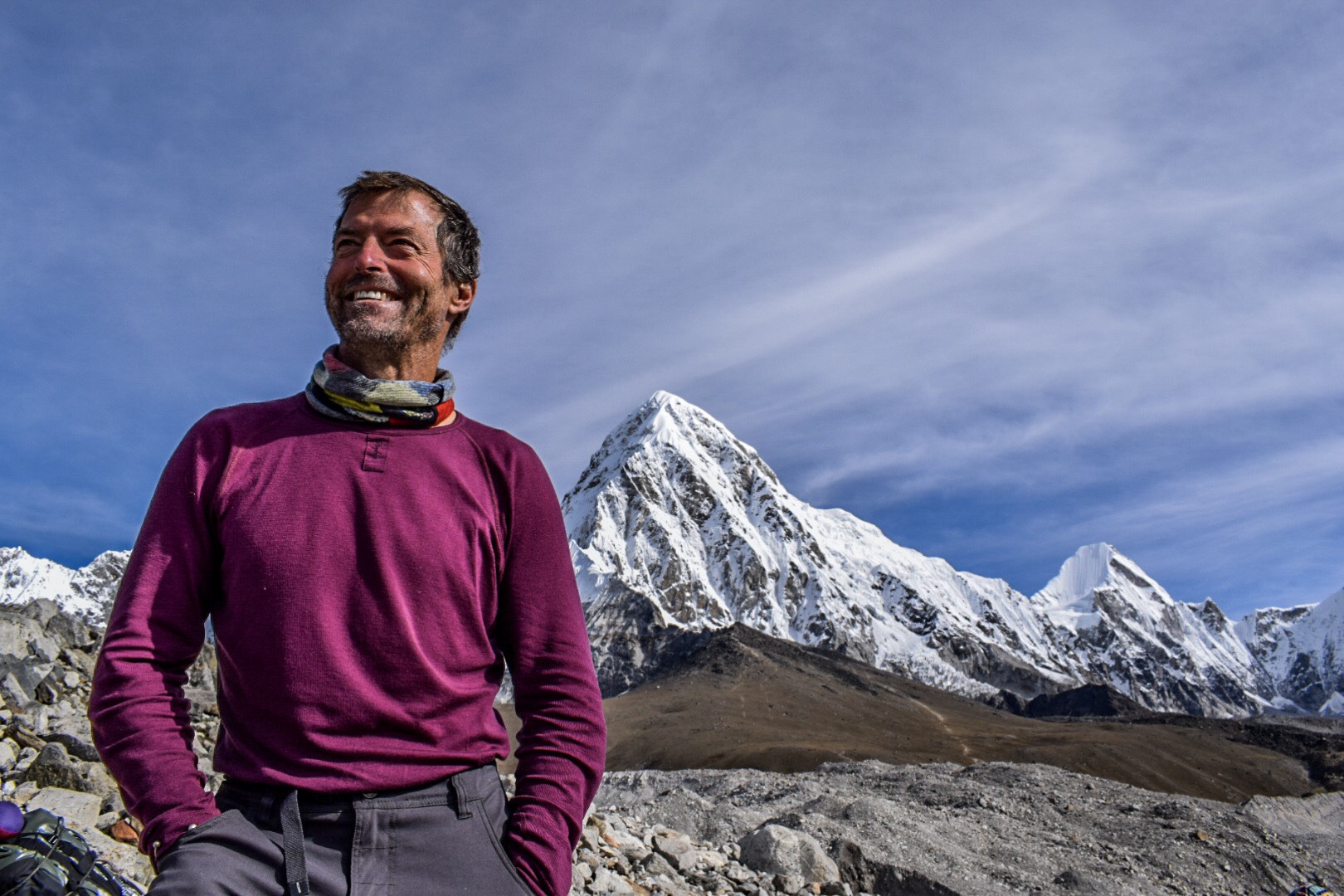
3. Seriously reconsider taking that Down Jacket and/or Sleeping Bag.
If visiting in the peak season (Late September to November), daytime temperatures will typically vary from 8⁰C to 15⁰C. Walking in this temperature will not usually require a Down Jacket, especially if you Layer Correctly.
The nighttime temperatures don’t get too uncomfortable until approaching the highest altitude you will sleep at; Gorakshep (5,190 meters).
At this height the temperature usually falls to around -8⁰C, but the Tea Houses and Lodges here provide thick blankets to sleep with – as do many, if not all Lodges/Tea Houses along the route.
4. Toilet Roll
Very rarely will the bathrooms be equipped with complimentary paper. So, make sure you aren’t caught out by always having a roll in your bag.
Go one further and purchase your toilet paper in Kathmandu to save money by avoiding inflated prices.
5. Walk on the Inside
Possibly the most important tip in this post. You will undoubtedly encounter numerous Yak-Trains (a single-file convoy of Yaks) along your journey.
Make sure to move to the uphill side of the path as opposed to the downhill side; avoiding any swaying heads of wayward Yaks.
The last thing you want is to be air-rescued (or potentially die) because of a little accidental nudge by a giant animal.
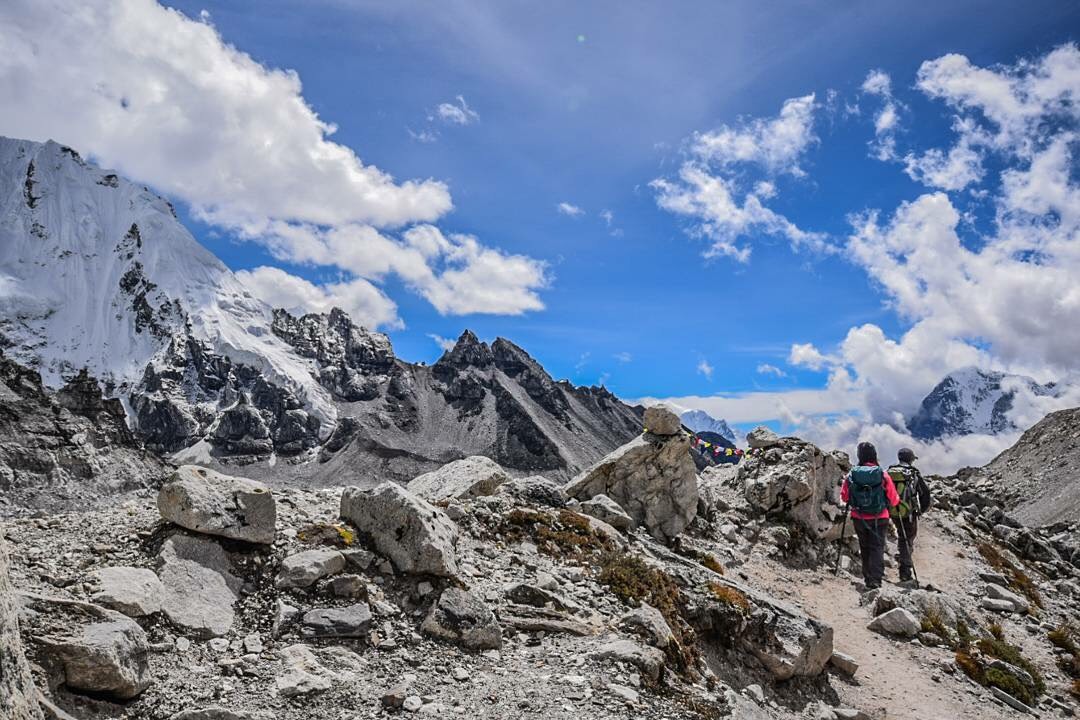
6. Lemon-Honey Tea, and Garlic Soup
Lemon-Honey Tea will help soothe your throat (many people develop sore throats during the trip) and make your journey more comfortable. Garlic Soup will help you acclimatize to the altitudes you will be reaching.
7. Water Purifiers
As mentioned before, accessibility to this region is not great. Especially when considering the amount of foot traffic it receives.
Avoid littering, and the very obvious negative effects that plastic has on our environment by bringing a reusable water bottle and a pack of water purifiers.
A more personal benefit is not having to pay out for bottled water several times a day – which can be expensive yet again due to accessibility.
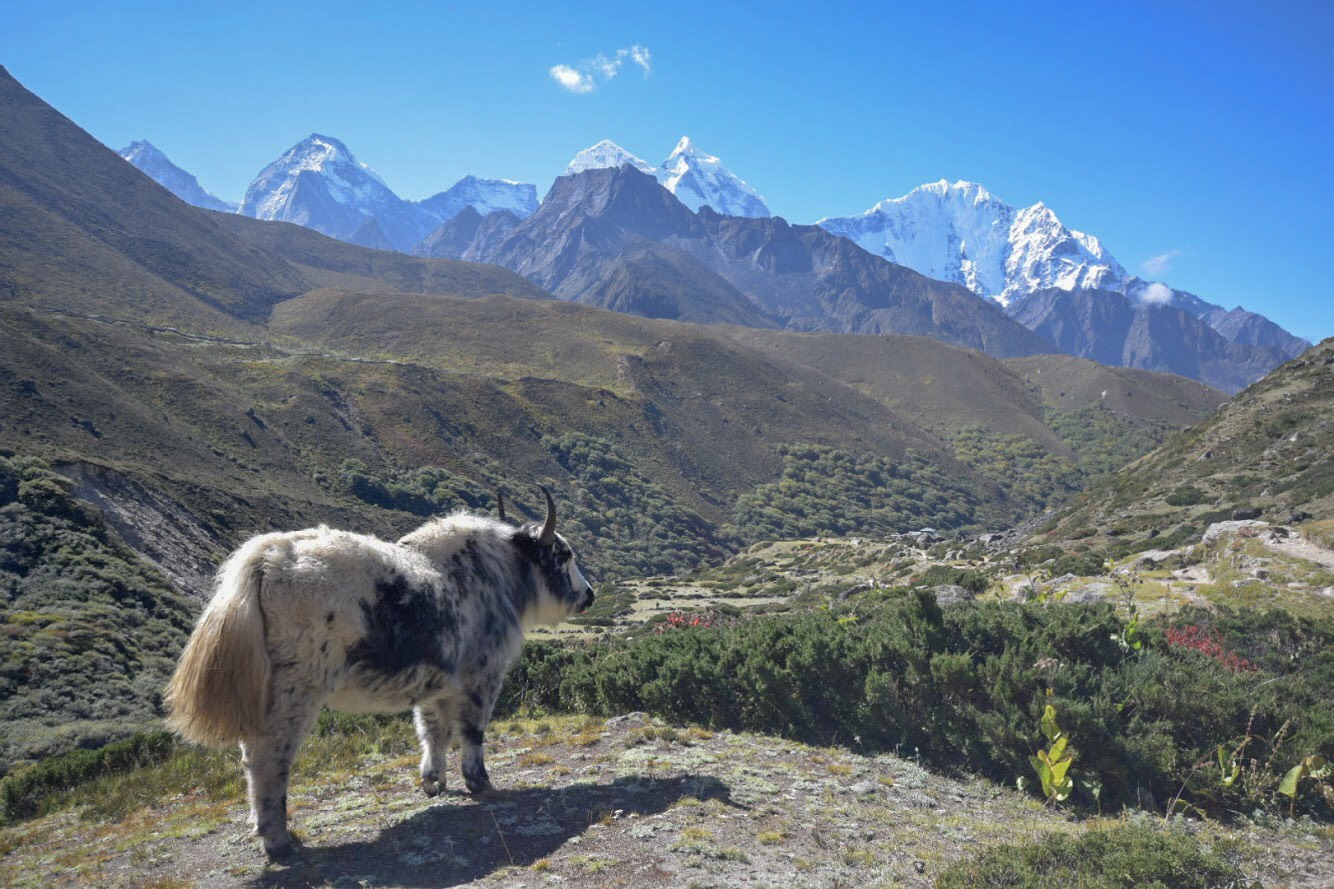
8. Trekking Poles
I learned this the hard way. The typical itinerary consists of 8 days uphill to reach the Basecamp and 4 days downhill to return to Lukla.
The downhill WILL hurt. Take some trekking poles with you for the return journey and make it easier on your knees (they can reduce the stress on your knees by 25%).
Do not end up with a double-limp as I did. It takes a little bit of the fun away – only a little bit.
9. Solar Powered Battery Pack
The electricity in the villages is typically produced by Solar or Turbine means and is then sold to customers (again at a pretty high rate).
Avoid some of this by purchasing a solar-powered battery pack. Simply plug your device in and hang the battery pack on your bag; charging your electronic devices while you walk.
10. Wet-Wipes
While there are showers usually available in the accommodation available along the trail, whether or not the accommodation has hot water facilities is an entirely different matter.
In addition to this, if you are indeed lucky and come across a hot-water shower – you will likely have to pay an excessive amount for it.
But you’re trekking Everest, your clothes are smelly and dirty. You’re tired. Take some wet wipes. Also, maybe a nose peg (joking – sort of).
Utilizing these tips will ensure that you have a better adventure than if you arrived ill-equipped. If you have any further ideas which you think others could benefit from whilst on this trek, please feel free to add them in the comments below.
Happy Trekking!
**Please note that this post may contain affiliate links. When booking through one of our links, we earn a small kickback at no extra cost to you and it’s a big help to keep the site up and running.

